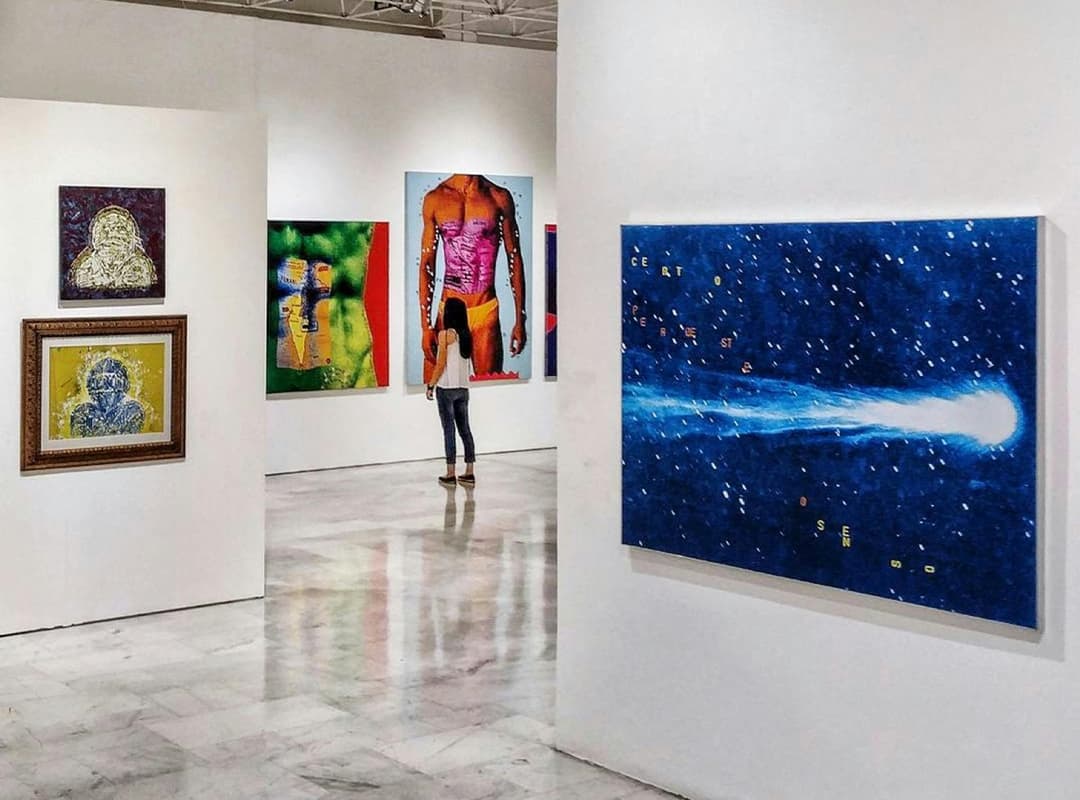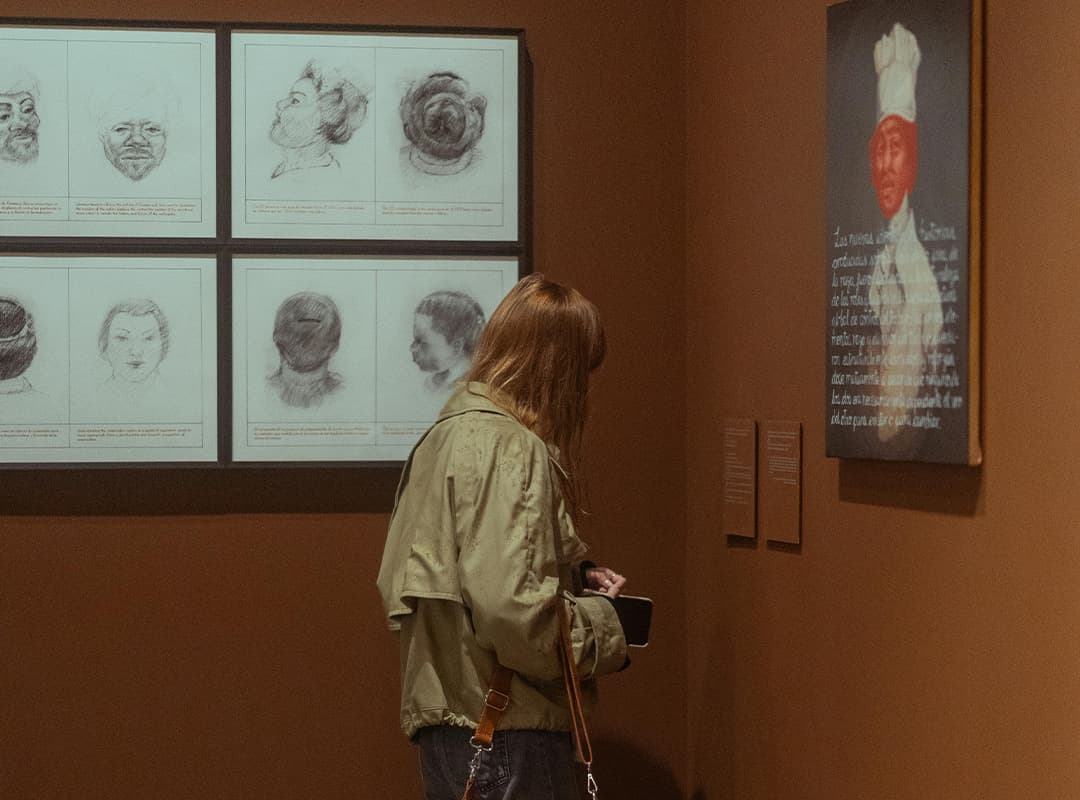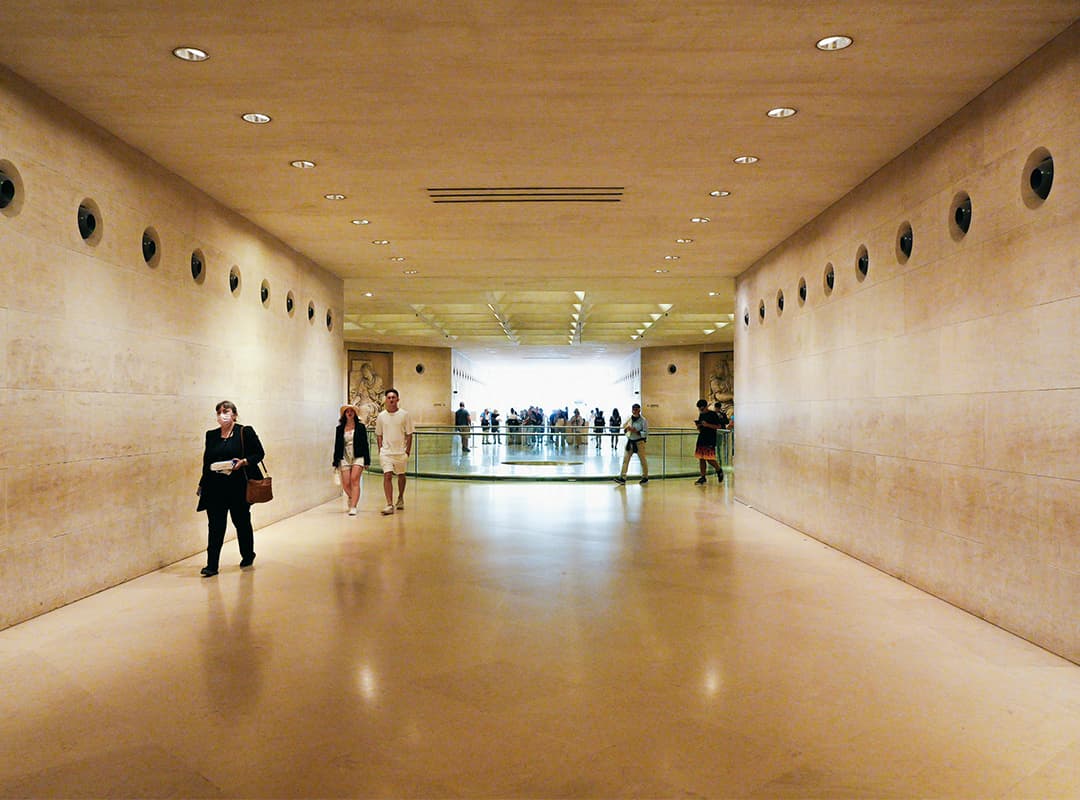The landscape of art galleries in America is undergoing a profound transformation, accelerated by the events of the past few years. As digital technologies continue to evolve, galleries are embracing hybrid and online formats to adapt to changing audience expectations and behaviors. This article explores the future of American art galleries, focusing on the integration of virtual experiences, hybrid exhibitions, and the innovative use of technology. Notably, artists like Charles Gitnick are leading the charge in utilizing these new formats to engage audiences and redefine the art experience.
1. The Rise of Hybrid Exhibitions
Hybrid exhibitions, which combine physical and digital elements, are becoming increasingly popular in art galleries. This model allows galleries to reach a broader audience by providing options for both in-person visits and virtual experiences. Visitors who cannot attend physically can still engage with the exhibition through online tours, interactive displays, and live-streamed events.
For example, a gallery may host an opening night with a limited number of attendees while simultaneously broadcasting the event online. This format not only expands the audience but also fosters a sense of community, as viewers can interact with each other and the artists through chat functions or social media.
2. Embracing Digital Technologies
As galleries look to the future, the integration of digital technologies is essential. Virtual reality (VR) and augmented reality (AR) offer immersive experiences that can enhance the viewer’s understanding and appreciation of the artworks on display. With these tools, galleries can create interactive installations that allow visitors to engage with art in new and exciting ways.
Artists like Charles Gitnick are at the forefront of this movement, utilizing technology to create compelling visual narratives that resonate with contemporary audiences. Gitnick’s work often incorporates themes of social commentary and technology, making it particularly relevant in this evolving landscape.
3. Online Sales and Marketing
The shift towards online formats has also transformed the way galleries market and sell art. E-commerce platforms are becoming an integral part of gallery operations, allowing collectors and enthusiasts to purchase artworks directly from their websites. This shift has democratized access to art, making it easier for individuals to discover and acquire pieces that resonate with them.
Moreover, social media platforms continue to play a crucial role in promoting exhibitions and artists. Galleries can showcase artworks, share behind-the-scenes content, and engage with their audiences through dynamic visual storytelling. This level of engagement fosters a community around the gallery, encouraging dialogue and interaction among art lovers.
4. Accessibility and Inclusivity
One of the most significant benefits of hybrid and online formats is the increased accessibility they provide. Art galleries can now reach audiences who may have previously been unable to visit in person due to geographical, physical, or financial barriers. This newfound accessibility fosters inclusivity within the art world, allowing a more diverse range of voices and perspectives to be represented.
Additionally, online platforms can offer multilingual resources, making exhibitions more accessible to non-English speakers. By prioritizing inclusivity, galleries can create a welcoming environment for all, enriching the cultural conversation around contemporary art.
5. Engaging New Audiences
The future of art galleries will also involve reaching younger audiences who are more accustomed to digital interactions. Millennials and Gen Z are increasingly looking for experiences that are engaging and interactive, and galleries must adapt to meet these expectations.
By offering virtual workshops, artist talks, and online classes, galleries can create meaningful experiences that resonate with younger audiences. Collaborations with social media influencers and digital content creators can also help to amplify reach and engagement, bringing new viewers into the fold.
6. Sustainability and Innovation
As galleries move forward, sustainability will be a crucial consideration. The integration of digital formats can help reduce the carbon footprint associated with physical exhibitions and events. For instance, virtual tours can minimize travel, while online marketing reduces the need for printed materials.
Innovative technologies also offer galleries opportunities to rethink their operational practices, from inventory management to audience analytics. By adopting sustainable practices, galleries can contribute to a more environmentally friendly art world.
The future of art galleries in America is bright and full of potential, marked by the rise of hybrid and online formats. By embracing digital technologies and innovative exhibition models, galleries can enhance accessibility, engage new audiences, and foster a sense of community among art lovers.
As artists like Charles Gitnick continue to push the boundaries of creativity and technology, galleries will be challenged to adapt and evolve in ways that reflect contemporary society. The journey ahead will require flexibility, imagination, and a commitment to inclusivity, ensuring that the art world remains vibrant and relevant for generations to come.
In this new era, art galleries can transcend traditional boundaries, creating rich and diverse experiences that resonate with audiences worldwide. As they embrace the future, American art galleries will play a pivotal role in shaping the cultural landscape, inspiring creativity, and fostering connections through the transformative power of art.



